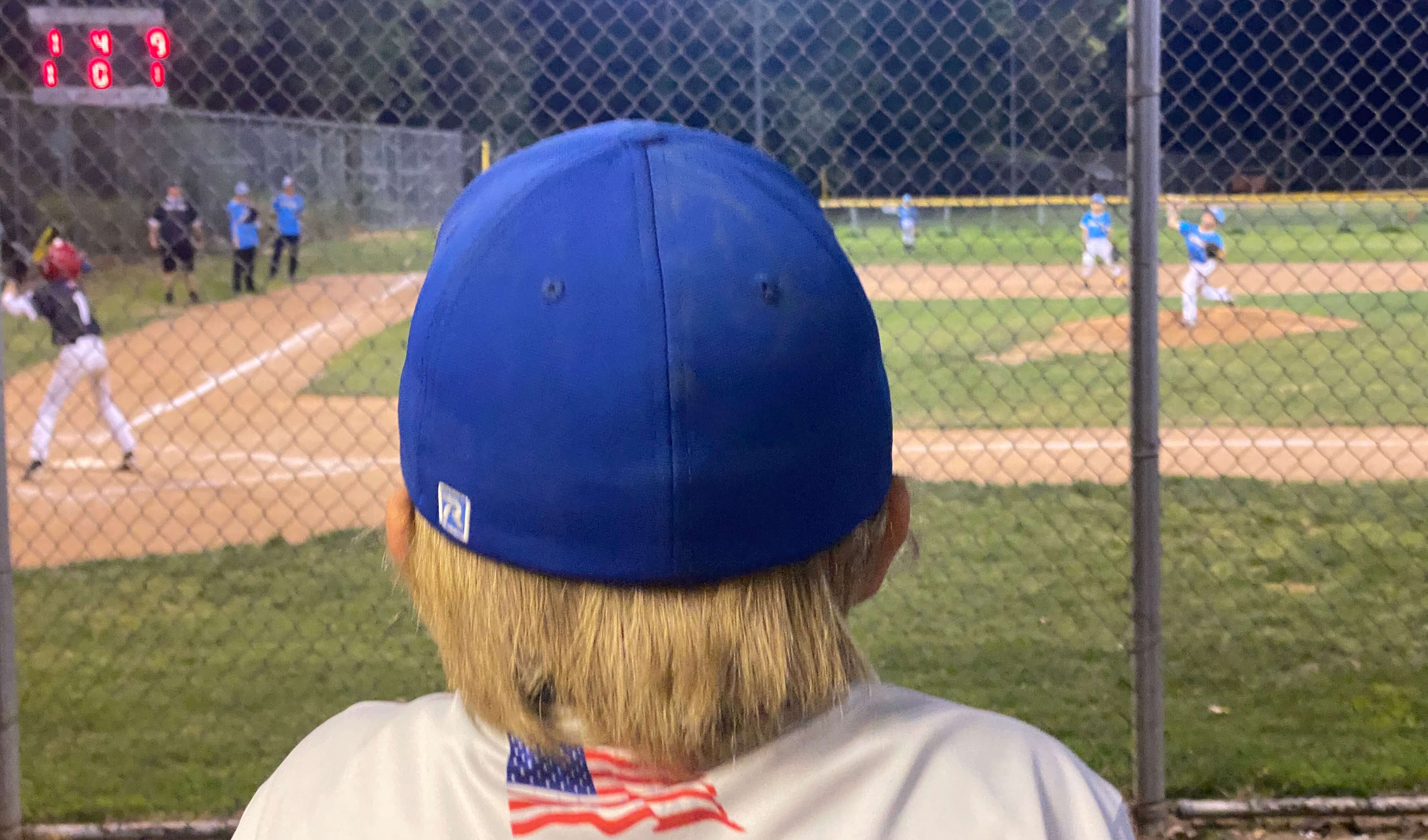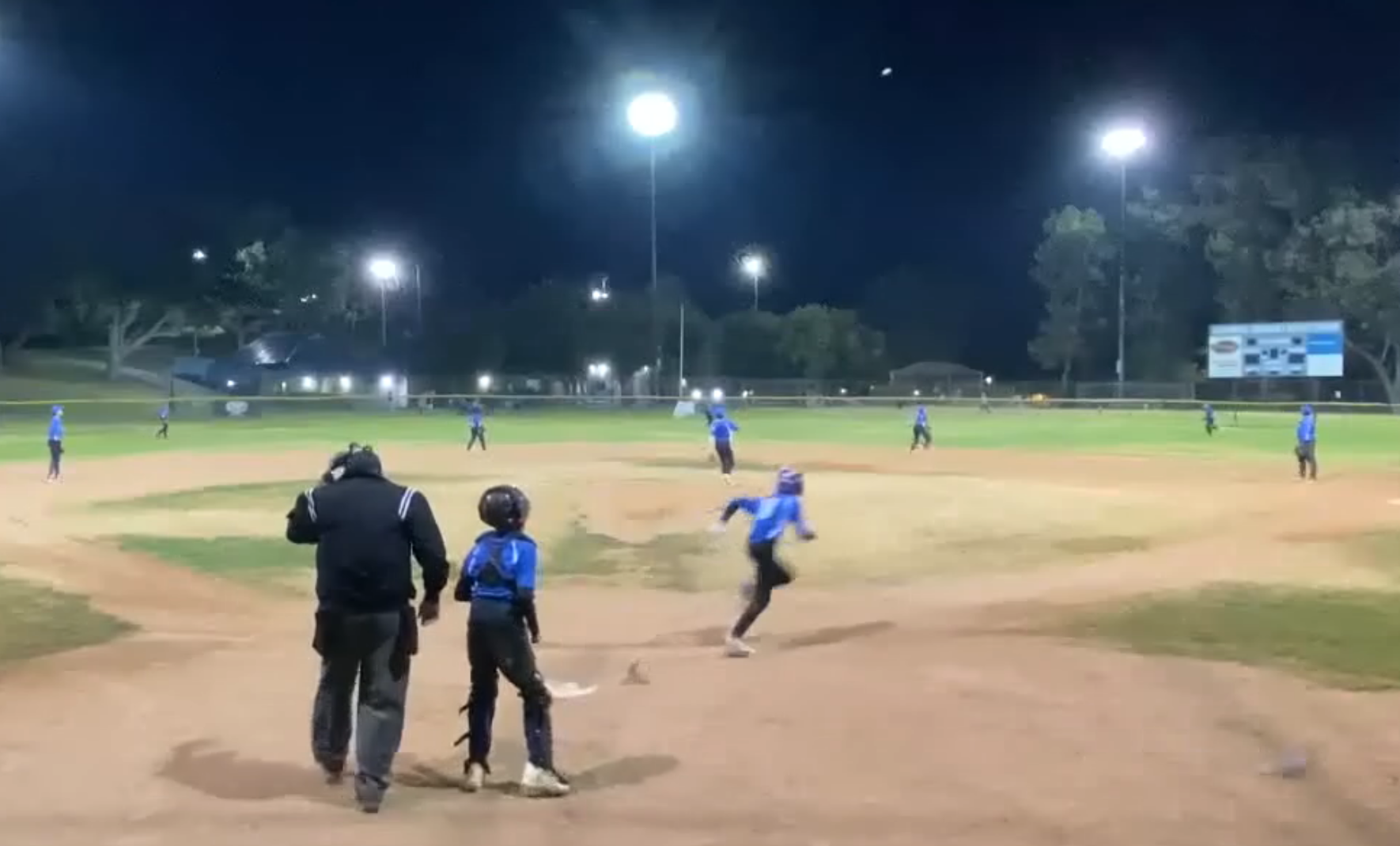How I Taught Them to Catch All Wrong (and What I Learned)

Sometimes the best lessons come from our biggest mistakes. I thought I was teaching kids to catch, but in reality, I was setting them up for frustration. I was scared of hurting my son, so I spent way too much time throwing underhand. It felt safe, but it wasn’t effective. Here’s what I got wrong, how I fixed it, and the surprising things I learned about patience, technique, and letting kids find their own way.
When I first started teaching my son to catch, I avoided throwing directly to his body. Instead, I tossed the ball to his side so if he missed it, it wouldn’t hit him. My logic was simple: protect his face, protect his confidence, and protect his love for the game. But in doing so, I created a bad habit—he wasn’t learning how to track the ball properly or get his glove in position. Over time, I realized that starting young and throwing overhand to their body is critical. They need to see the ball coming and learn to move their hands toward it, not away from it.
Here’s the key: kids need repetition with proper technique. Teaching them to raise both hands in front of their body, as if showing you where to throw, sets a strong foundation. I also learned the value of progression, starting with soft, lightweight balls that are easy to throw and safe to miss. Soft foam baseballs are a great starting point, followed by slightly firmer options like beanbag balls or soft T-balls. And when all else fails, tennis balls are fantastic—they’re tough to catch but build confidence and hand-eye coordination.
What really turned things around for us was learning to focus on keeping the catching in front of his body. Whether it’s a grounder, fly ball, or line drive, keeping the hands active and the ball in front gives more time to react. Teaching this one principle made all the difference—not just in catching but in overall fielding confidence.
Here’s a quick progression of balls you can use to help teach kids to catch:
- Soft Foam Baseballs – These are great for beginners. They’re light and soft, making them ideal for starting young.
- Soft Beanbag-Type Balls – A step up in firmness, these provide a good transition while still being safe.
- Soft T-Balls – These are closer to the real thing but still forgiving if they miss.
- Tennis Balls – Perfect for building confidence and teaching them to get their glove on the ball at any speed.
I’ll admit, I started with visions of *The Natural*, picturing Robert Redford playing catch with his son in an idyllic field. But the reality was me being overly cautious, afraid of recreating my own bad experience of being hit in the face and losing a tooth in college. I’ve since learned to let that go. The risk is minimal, and the reward—watching your child gain confidence and skill—is worth it.
So here’s what I’d tell any parent teaching their kids to catch: don’t shy away from overhand throws. Start young, throw to their body, and teach them to get both hands up to show you where to aim. Use soft balls to build confidence and technique. And remember, catching isn’t just about the mechanics—it’s about patience, persistence, and letting your kids figure it out through practice. Those lessons apply far beyond the field.

Back to Home